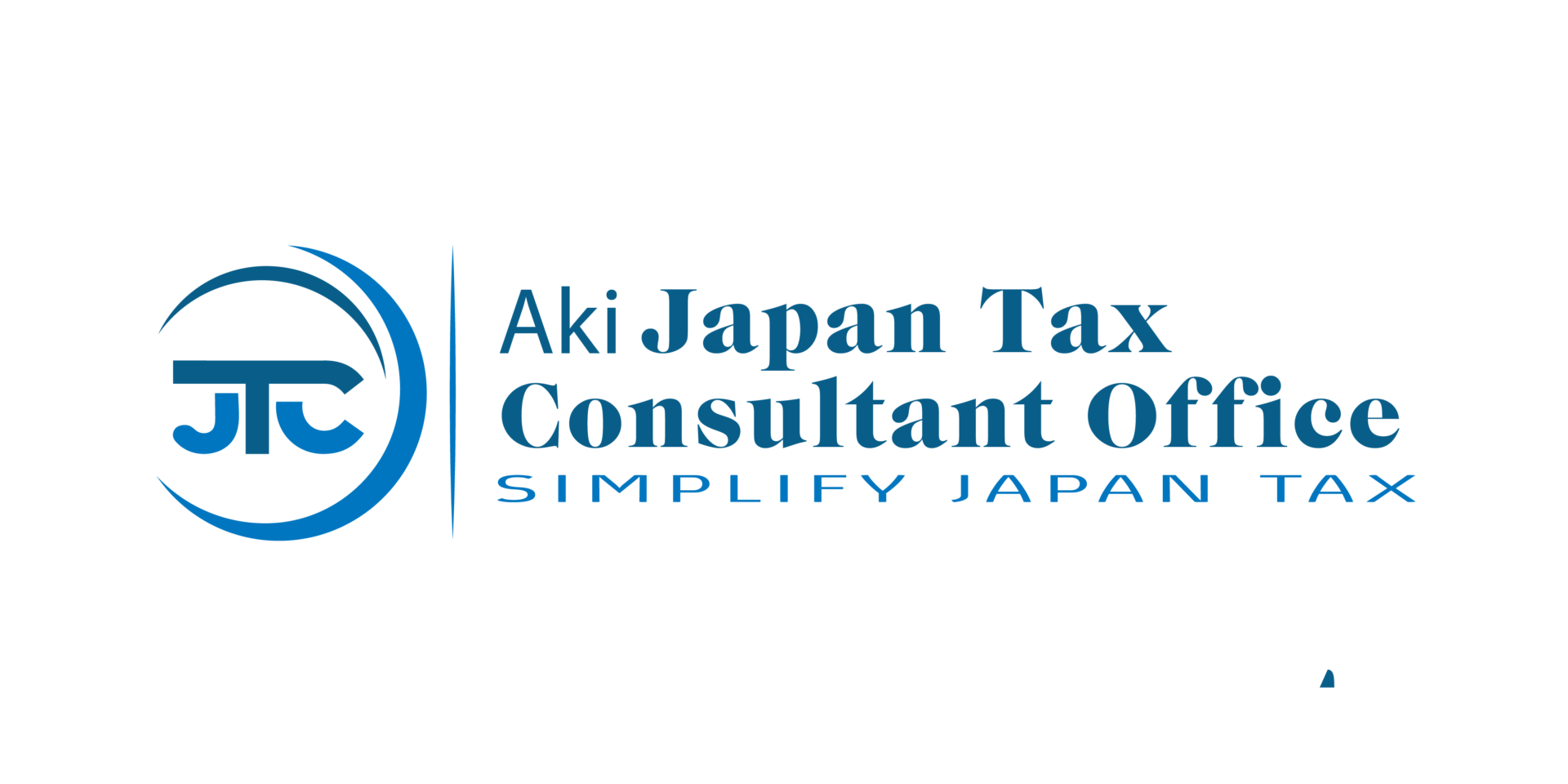When I translate tax-related information into English, I often feel that it is still difficult to convey the message.
One of the most recent examples I have pointed out is the word “Koujogaku[控除額].”
Koujo[控除] is treated as a Deduction in most English translations.
This is not wrong.
However, at the same time, it is misleading.
Misleading Table
The following table shows the primary table of tax rates in Japan.
It shows the individual income tax rate.
![Translating “Koujo”[控除] in Japan’s Tax Table: A Misleading “Deduction”? Aki Japan Tax Consultant Office | Income Tax, Corporate Tax, VAT Back | Translating](https://10musubi.com/wp-content/uploads/2023/09/Tax-Rate.png)
This is where the Koujogaku[控除額] exists.
Koujo is the Deduction, and Gaku is the Amount. The Amount doesn’t have significant meaning so you can show it just as Koujo[控除].
If you translate Koujo[控除] into English, it comes out as Deduction, which is correct.
The following table is the result.
However, this is quite misleading.DeductionDeduction
| Taxable income | Tax rate | Deduction |
|---|---|---|
| From 1,000 yen to 1,949,000 yen | 5% | 0 |
| from 1,950,000 yen to 3,299,000 yen | 10% | 97,500 yen |
| From 3,300,000 yen to 6,949,000 yen | 20% | 427,500 yen |
| From 6,950,000 yen to 8,999,000 yen | 23% | 636,000 yen |
| From 9,000,000 yen to 17,999,000 yen | 33% | 1,536,000 yen |
| From 18,000,000 yen to 39,999,000 yen | 40% | 2,796,000 yen |
| 40,000,000 yen and above | 45% | 4,796,000 yen |
Two significant points were raised here.
- Deduction sounds like the nature of an estimated belief in employment income.
- The amount of tax that can be compressed is small, so it sounds like there is less of an advantage to earning business income.
I felt deeply that this was a bad translation.
The tax rate deduction is a quick calculation to simplify the calculation
So, what is this deduction amount?
The Basis of Quick Calculation
That is, it is a quick calculation table to simplify the calculation of taxes.
It involves a bit of arithmetic, so if you don’t like it, feel the atmosphere.
For example, let’s say someone earns 2 million yen after deducting payroll deductions.
(For the sake of simplicity, we will omit this, but the actual annual income of the person would be about 3,120,000 yen.)
This person’s income is 5% up to 1,949,000 yen and 10% from 1,950,000 yen to 2,000,000 yen.
1,950,000 x 5% + (2,000,000 – 1,950,000) x 10% = 102500 yen
This is the same as the above.
However, the calculation is a pain. Therefore, we will use a quick calculation table.
The tax rate for 2,000,000 yen is 10%, and the Deduction of 97,500 yen is subtracted.
In other words
2,000,000 x 10% – 97,500 = 102500 yen
Easier for more complicated cases.
Since the above was only done twice, you may have felt that the calculation was not that much different.
However, what would happen if the income were 30 million yen?
1,950,000 x 5% + (3,300,000 – 1,950,000) x 10% + (6,950,000 – 3,300,000) x 20% + (9,000,000 – 6,950,000) x 23% + (18,000,000 – 9,000,000) x 33% + (30,000,000 – 18,000,000) x 40% = 9,204,000 yen
Now, let’s use the quick calculation table.
30,000,000 x 40% – 2,796,000 = 9,204,000 yen
What do you think?
Graphical Explanation
Let me explain graphically.
The blue portion is 30,000,000 x 40%.
The red staircase portion is 2,796,000 yen.
As a result, instead of adding the rectangles for each tax rate, the tax amount is obtained by subtracting the staircase portion of the quick calculation table from the large blue rectangle.
In other words, the Deduction here is the amount of the staircase portion.
![Translating “Koujo”[控除] in Japan’s Tax Table: A Misleading “Deduction”? Aki Japan Tax Consultant Office | Income Tax, Corporate Tax, VAT Back | Translating](https://10musubi.com/wp-content/uploads/2023/09/Tax-Cal2-1024x683.jpg)
Only a 45% tax rate is wrong.
Some entertainers, for example, may say the tax rate is 45%.
In reality, however, they only talk about the portion of income exceeding 40 million yen.
The tax rate for the portion below that amount, for example, the part below 1,950,000 yen, is 5%.
This is the part that is often misunderstood in the explanation of progressive taxation.
It would be better for the Tax Office to add more explanation and for people to understand.
Beware of the “Deduction”.
Some of you may be advising your English-speaking friends about taxes in the future.
At that time, I would be glad if they would pay attention to this Deduction.
If misunderstood, you may consider it less merit to start a business.
I want many different people to be active in the Japanese market.
We also want many people to enjoy doing business.
If I find these misunderstandings, I will share a few more with you.
Please let us know if you notice any of them.
Thank you very much for bringing this to our attention.




